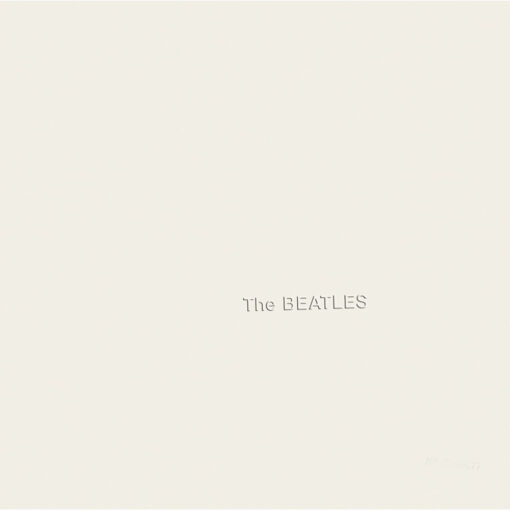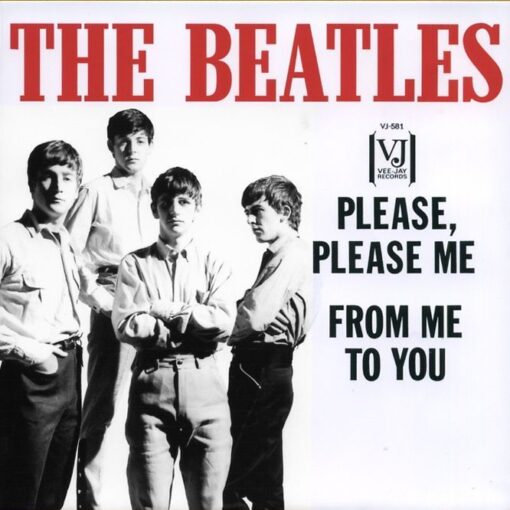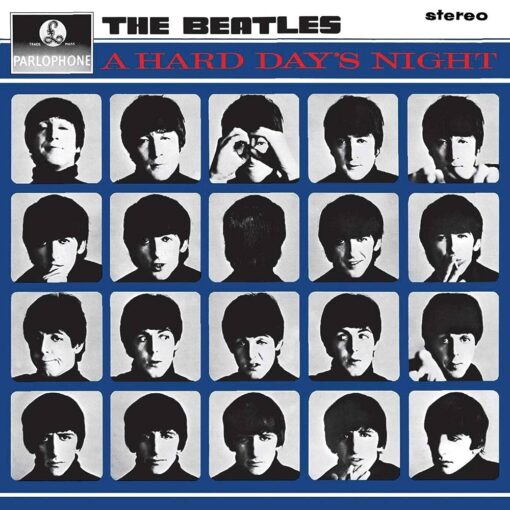- Published on 1968
- Author: Lennon/McCartney
- Track 3 on “The Beatles – White Album“
JOHN 1980: “That’s me, just doing a throwaway song, a la ‘Walrus’ a la everything I’ve ever written. I threw in the line ‘The walrus was Paul’ just to confuse everybody a bit more. It could’ve been the fox terrier is Paul, you know. I mean, it’s just a bit of poetry. It was just thrown in like that… The line was put in because I was feeling guilty because I was with Yoko and I was leaving Paul. I was trying… I don’t know. It’s a perverse way of saying to Paul, you know, ‘Here, have this crumb, this illusion, this stroke, because I’m leaving.”
About “Glass Onion”
“Glass Onion” was released on November 22, 1968, as part of the album officially titled “The Beatles,” but widely known as the “White Album.” The song was written by John Lennon and credited to the songwriting partnership of Lennon/McCartney. It was primarily composed by John Lennon. The song’s title, “Glass Onion,” is thought to be a term coined by John Lennon. It’s a playful reference to the idea of peeling away layers to reveal hidden meanings, similar to peeling the layers of an onion.
The song was recorded at Trident Studios in London during the sessions for the White Album. John Lennon provided the lead vocals and played rhythm guitar. Paul McCartney played bass, George Harrison played lead guitar, and Ringo Starr played drums. “Glass Onion” is often admired for its clever references to other Beatles songs. It’s considered one of the highlights of the White Album, showcasing Lennon’s wit and lyrical prowess.
While “Glass Onion” hasn’t been covered as frequently as some other Beatles songs, it has been interpreted by various artists over the years. It is a captivating piece of Beatles music that exemplifies John Lennon’s penchant for wordplay and his ability to intertwine layers of meaning within his lyrics. It remains a cherished entry in the Beatles’ extensive catalog.
Meaning of “Glass Onion”
The meaning of the lyrics is often interpreted as a self-referential and playful exploration of the band’s own musical catalog. The term “glass onion” itself is a metaphor used by John Lennon to suggest something that looks clear and straightforward on the surface, but when examined closely, reveals layers of complexity and ambiguity.
Throughout the song, Lennon makes references to various other Beatles songs, creating a sort of lyrical collage. For example, lines like “The walrus was Paul” refer to the famous line from “I Am the Walrus,” another song written by Lennon. He also alludes to “Strawberry Fields Forever” “The Fool on the Hill,” and other Beatles tracks.
Some interpretations suggest that “Glass Onion” may be a response to the various fan theories and rumors that circulated about the Beatles at the time, including the “Paul is dead” conspiracy theory. The term “glass onion” could be seen as a nod to the idea that fans were peeling away layers of meaning in the Beatles’ lyrics, looking for hidden messages or clues.
In essence, “Glass Onion” is a whimsical and cleverly constructed song that showcases Lennon’s ability to play with language and meaning. It’s a celebration of the depth and complexity of the Beatles’ own musical legacy, and a nod to the dedicated fans who searched for deeper meanings in their songs.
Personnel
The Beatles
- John Lennon – double-tracked vocals, acoustic guitar
- Paul McCartney – bass guitar, piano, recorder
- George Harrison – lead guitar
- Ringo Starr – drums, tambourine
Other musicians
- Henry Datyner – violin
- Eric Bowie – violin
- Norman Lederman – violin
- Ronald Thomas – violin
- John Underwood – viola
- Keith Cummings – viola
- Eldon Fox – cello
- Reginald Kilby – cello



